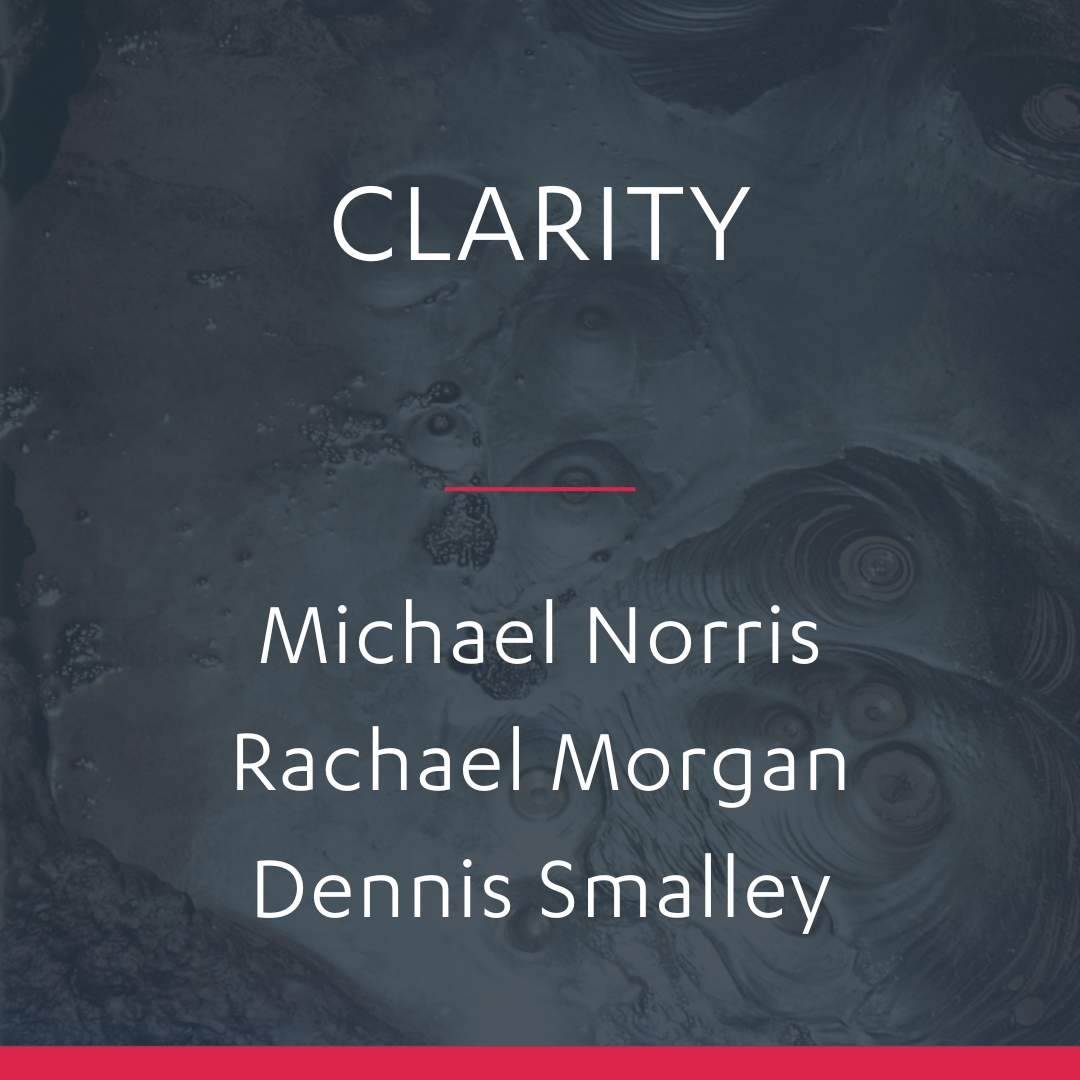
Clarity
SOUNZ Virtual Concert
Michael Norris’s Claro (meaning ‘light’ or ‘clear’) begins with a transparent texture of percussion, piano and harp. The orchestra catches resonances from this pointillistic texture which begin to interact and play off one another as the music builds.
Inspired by the sonorist music of Giacinto Scelsi, Rachael Morgan explores subtle decorations of the note D in her work Interiors II. Our awareness becomes focused on subtle changes of pitch and texture, and on slowly shifting colours.
We finish with a classic of electroacoustic music, Denis Smalley’s Pentes. The title, French for slopes or inclines, was suggested by the outlines of broad, spacious stretches of the work. Most of the material is derived from manipulations of acoustic instruments, all unrecognisable except for the Northumbrian smallpipes, which appear towards the end of the work and play a haunting traditional melody.
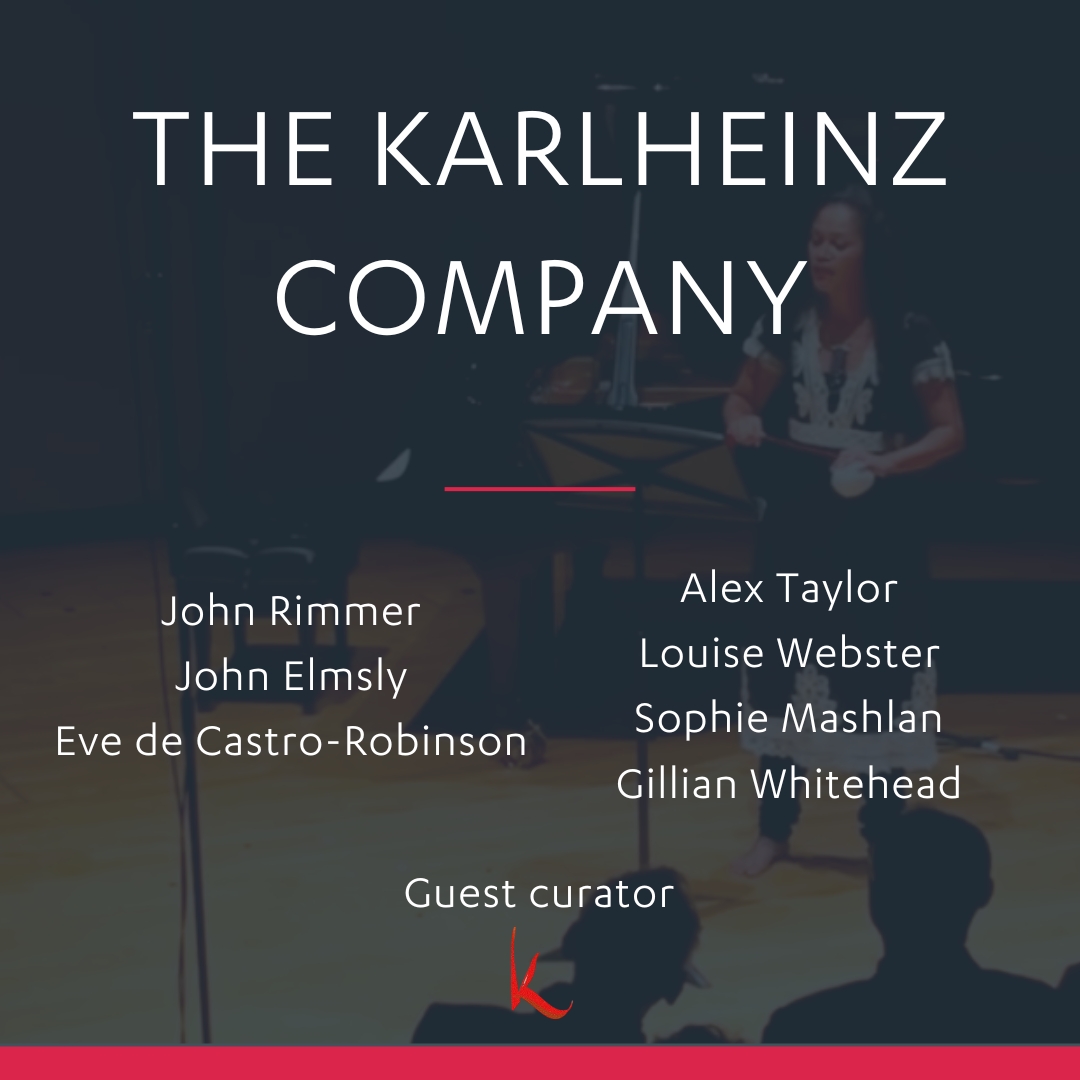
The Karlheinz Company
SOUNZ Virtual Concert
Founded in 1978 by John Rimmer, the Karlheinz Company is New Zealand’s oldest contemporary music ensemble, based at the School of Music, University of Auckland. John Elmsly was director from the mid-90s until 2014, then Eve de Castro-Robinson until 2019. Its first concert included Stockhausen’s Klavierstuck IX, Berio’s O King and Rimmer’s Thoughts from Peria.
There was a programming philosophy of combining more adventurous names within the established twentieth and twenty-first century composers, and new music from New Zealand and the Asia-Pacific region. Concerts over the past 41 years have included commissions from NZ composers David Farquhar, Dorothy Ker, Samuel Holloway, and others, and many premieres of works by Composition staff (Rimmer, Elmsly, de Castro-Robinson, Leonie Holmes, John Coulter), and student composers, including much electroacoustic work.
The ensemble comprises instrumental staff from the School, talented student performers, and guest performers from the APO and further afield. RNZ Concert and SOUNZ Centre for New Zealand Music have broadcast many performances.
In 2018 Karlheinz presented a Suffrage 125 Celebration concert including Doctoral student Louise Webster’s beautifully crafted Cries of Kathmandu featuring staff singers and string players, and Popular Music student Sophie Mashlan singing her own, haunting, Shadow. De Castro-Robinson’s theatrical microscore ben/bsn was realised by its dedicatee, Karlheinz doyen Ben Hoadley.
John Rimmer at 80 was mounted in 2019, with his 1983 De Aestibus Rerum brought to life by staff members including Karlheinz veterans, pianist Stephen De Pledge, clarinettist Andrew Uren, and starring Rimmer himself on French horn. Previous director John Elmsly, who has featured over the decades as composer, conductor, performer (piano, flute, harpsichord, laptop), was represented by Sixteen High Fives, for recorder, piano and electronics with another Karlheinz stalwart, Kevin Kim.
Guest curator: Eve de Castro-Robinson
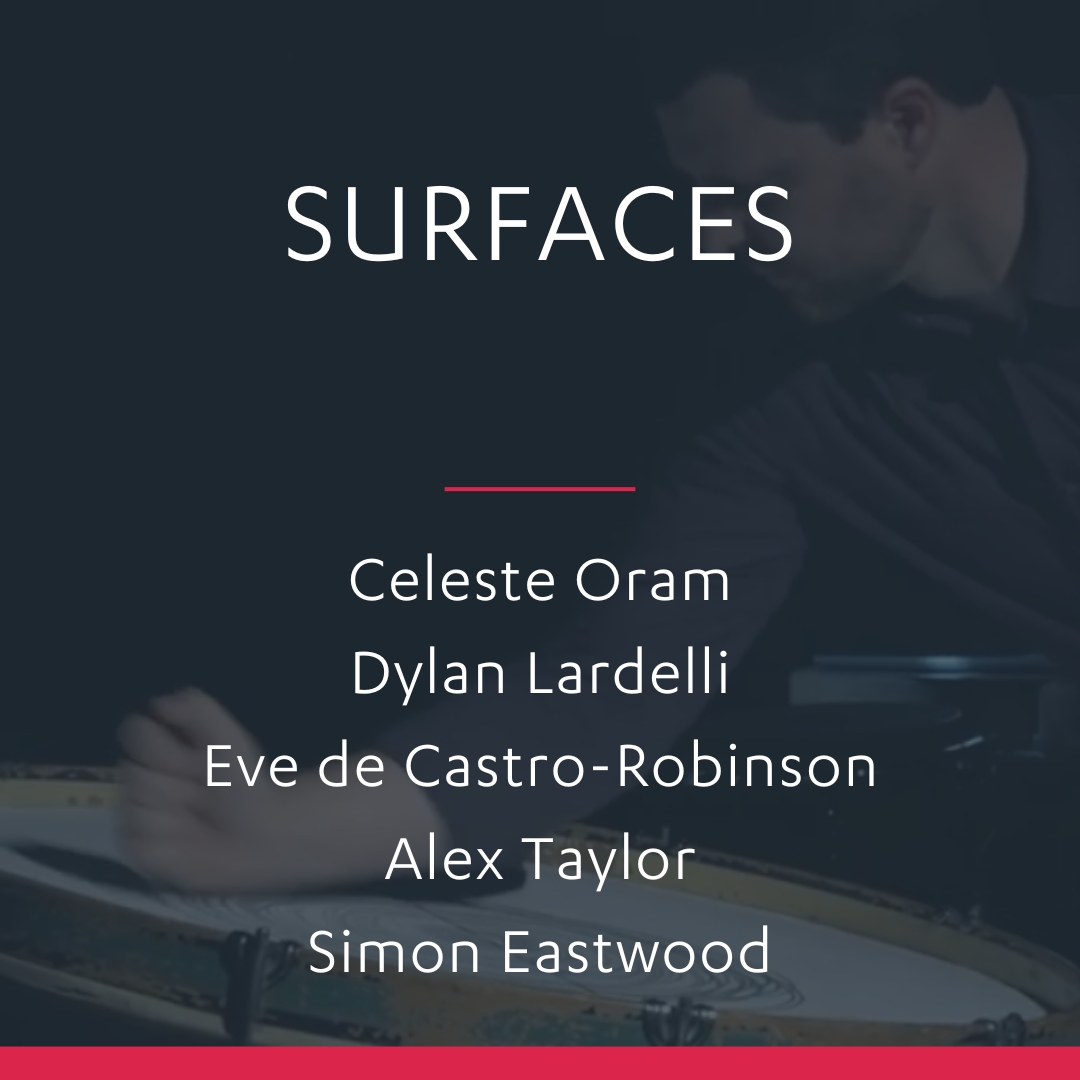
Surfaces
SOUNZ Virtual Concert
Five composers explore our perception and interaction with surfaces and textures. Celeste Oram strategically deprives musicians of certain senses in ‘Mirror and Echo’, the music resulting from their reactions to gestures and delayed auditory signals. Dylan Lardelli’s ‘Musical Box’ and Simon Eastwood’s ‘Ripple’ explore sustained textures, while Alex Taylor superimposes two string quartets in ‘a coincidence of surfaces (iii)’, two layers that can also be played as independent works.
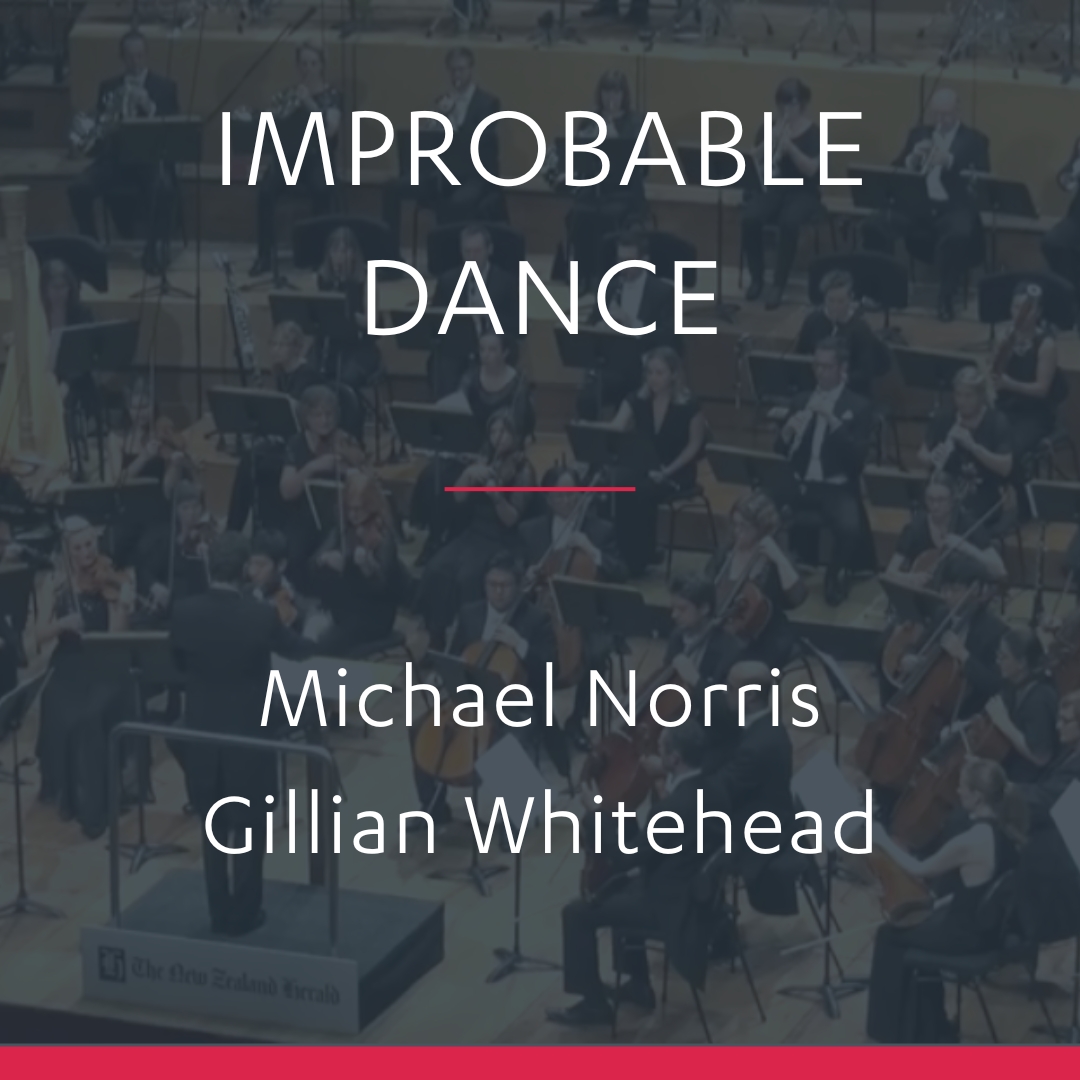
Improbable Dance
SOUNZ Virtual Concert
Michael Norris’s ‘Timedance’ is a collaboration with choreographer/filmmaker Daniel Belton. JS Bach’s Suite No. 2 in B Minor is deconstructed by way of stretching, elasticising, looping and the overlaying of modern harmonies so that the Bach is rendered “almost subliminal.” The work was a finalist in the 2013 SOUNZ Contemporary Award.
Gillian Whitehead’s SOUNZ Contemporary Award-winning ‘The Improbable Ordered Dance’ follows. Gillian writes:
“In his 1974 collection ‘The lives of a Cell’, Lewis Thomas wrote a memorable essay devoted to the spectrum of sound made by all living creatures. He believes that as well as producing sounds in every possible way to send messages to their own kind, all creatures have the urge to make some kind of music. The rhythmic sounds emitted by all creatures might, Lewis suggests ‘be the recapitulation of something else – an earliest memory, a score for the transformation of inanimate random matter in chaos into the improbable ordered dance of living forms.’ It was this essay, together with my fascination in the rediscovery of the part of Auckland I knew as a young child, that have shaped this piece.”

Duels and Duos
SOUNZ Virtual Concert
From the quick precision of Chris Watson’s ‘orbicularis’, to the quirky theatricality of Eve de Castro-Robinson’s ‘Chaos of Delight’, in this week’s concert, we explore the wide variety of duos by New Zealand composers.
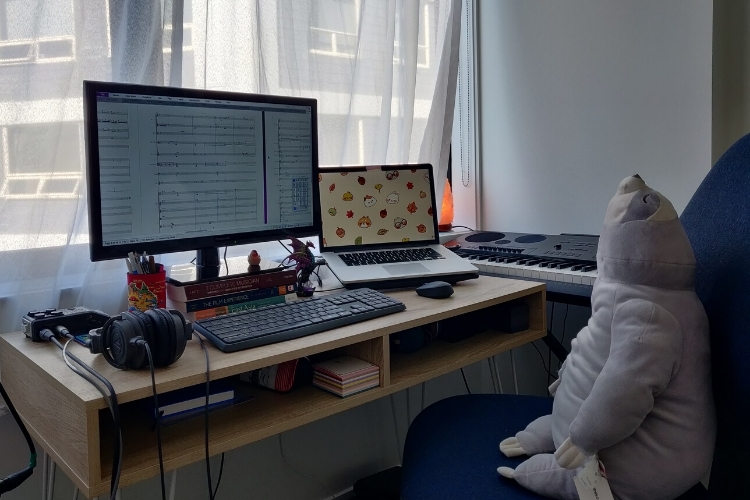
Composer spaces
Michaela Cornelius
Read more
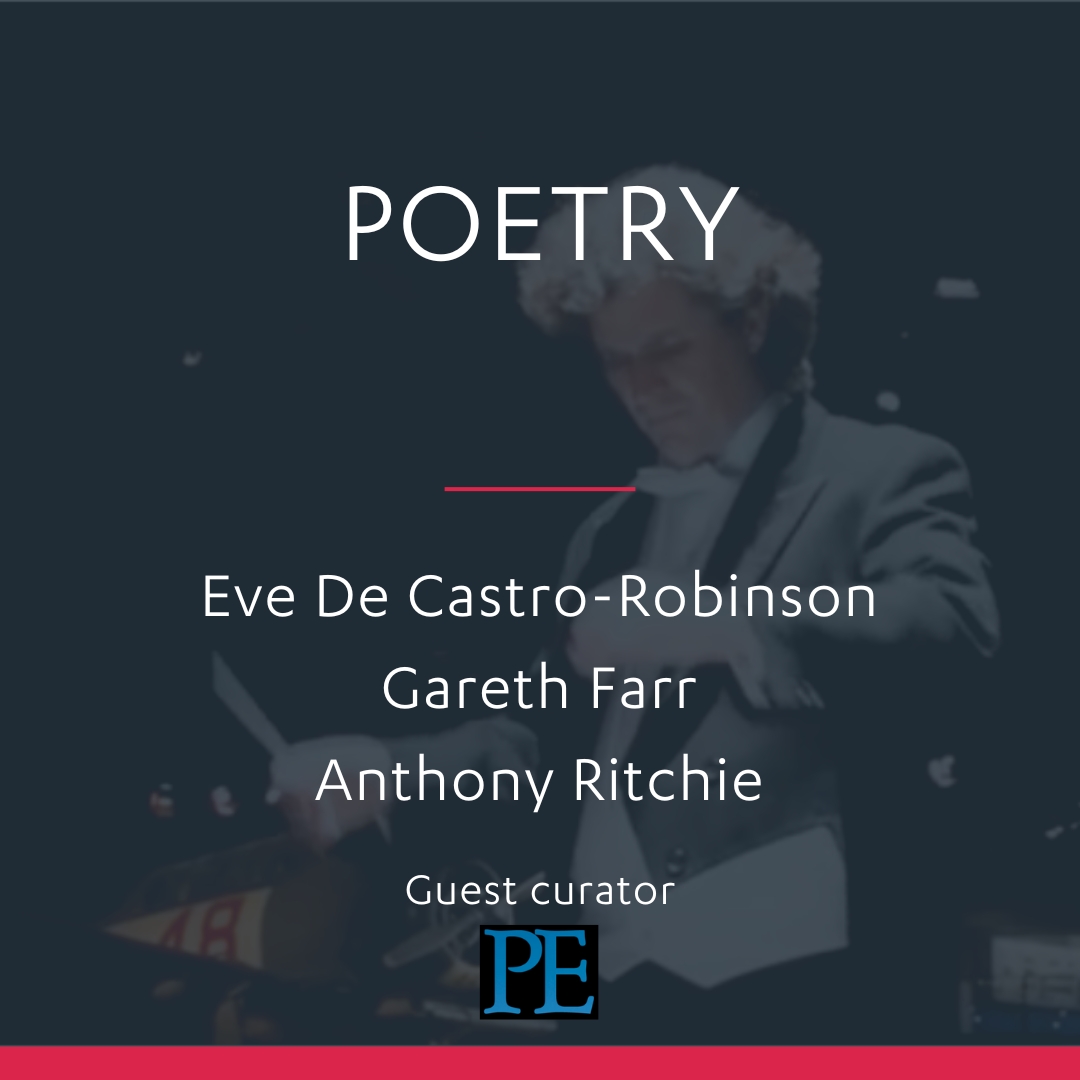
Poetry
SOUNZ Virtual Concert
This concert celebrates some of the magnificent works published by Promethean Editions that incorporate words from New Zealand poets.
First up is the winner of the 2007 SOUNZ Contemporary Award, Eve De Castro-Robinson’s These Arms to Hold You for children’s choir and orchestra. Commissioned by the Royal Plunket Society, These Arms to Hold You features the work of the esteemed Bill Manhire, who provided text for the choir, with excerpts taken from actual Plunket books heard alongside Manhire’s own prose.
Manhire also features in our second selection, Gareth Farr‘s Ornithological Anecdotes for baritone and piano, which features a setting of Manhire’s four poems about New Zealand birds.
For his expansive fourth symphony, Anthony Ritchie incorporates poems by Bernadette Hall, set for soprano voice.
Guest curator: Promethean Editions

NZ Concerti with the NZSO
SOUNZ Virtual Concert
Alex Taylor’s Bassoon Concerto was written for bassoonist (and fellow composer) Ben Hoadley. Alex writes:
“I have been privileged to write for and collaborate with Ben, whose expressivity is, I think, one of the treasures of New Zealand music. I cannot speak for all listeners, but for me the bassoon is one of the most personal of all instruments. It speaks not grandly or with perfect eloquence but with an immediacy and intimacy that is quite special.
The bassoon concerto was an opportunity to create an extended work exploring the melodic line and to push the limits of Ben’s exquisite upper register. The work consists of three slow movements interrupted by two tiny slivers of energetic activity, ruptures in a continuous, static texture.
The work is dedicated to my parents, Vicki and Trish.”
The subtitle for Louise Webster’s Concerto for Violin and Orchestra ‘In hollowed bone I hear the seas roar’’ is taken from ‘The Sea’ by New Zealand poet Ruth Dallas. Louise writes:
“Written in three movements, the first movement opens with a rising augmented figure in the solo violin which returns, in ever changing forms, throughout the movement. The second movement is fast, driven and rhythmic, and the final movement, a slow moving and sombre dance for the soloist and strings, with tacet woodwind and brass.”
Guest curator: NZSO
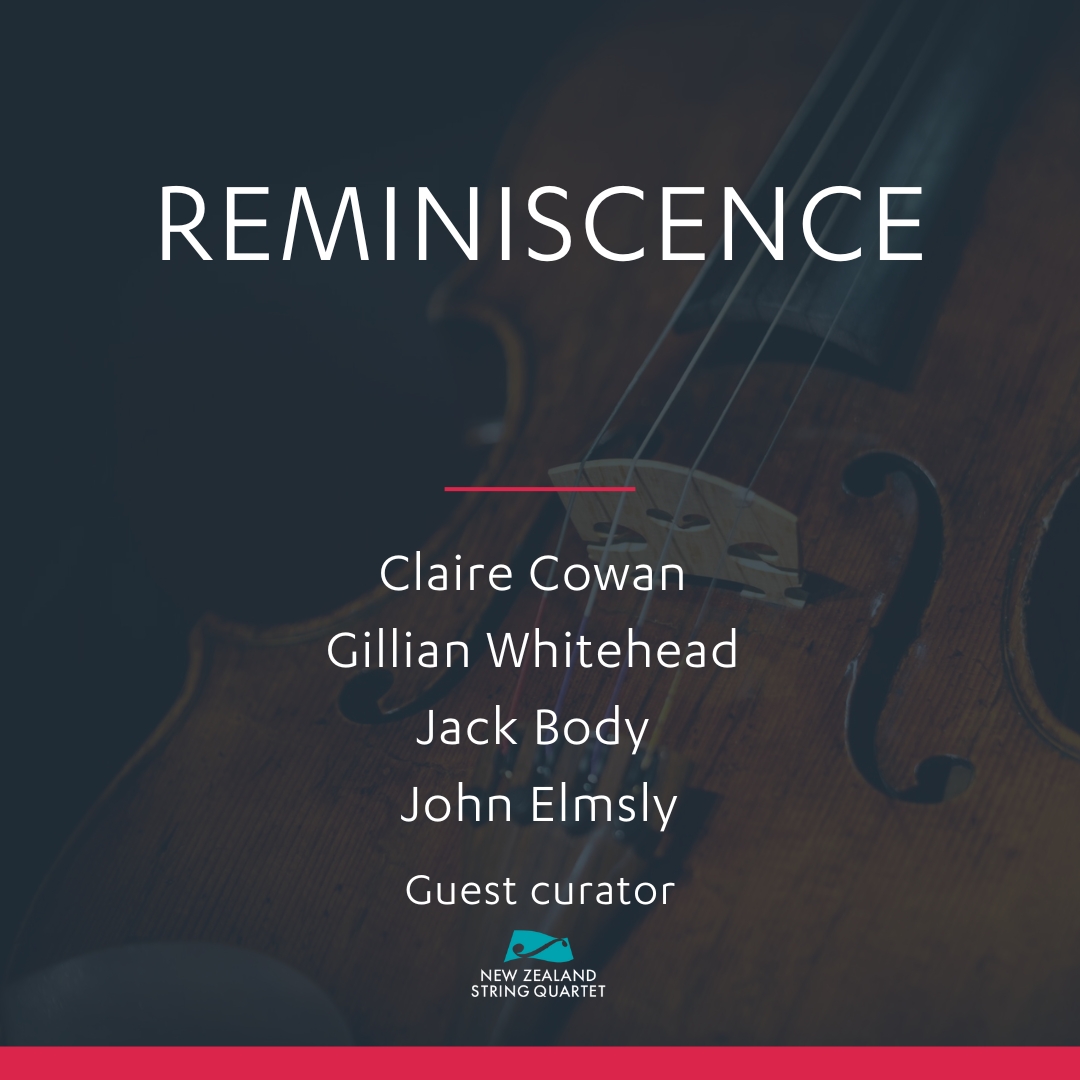
Reminiscence
SOUNZ Virtual Concert
Four friends join the New Zealand String Quartet for this virtual concert of works by New Zealand composers. The programme celebrates the collaborative spirit and draws on themes of transience and reminiscence.
The performance opens with Gao Ping’s ‘Ephemera’, which depicts the ‘miraculous shine’ of the insect Fu You (ephemeron in Chinese) and premiered in Canada with clarinettist James Campbell in 2014.
Gillian Whitehead’s ‘still, echoing’, performed with English pianist Kathryn Stott follows. Unified by six notes, the piece explores the sound possibilities of a piano quintet as the instruments ebb and flow like the Pacific Ocean’s tide and evoke the stillness of Te Whanga Lagoon on Chatham Island.
Tenor Jared Holt and the NZSQ premiered Janet Jennings’s song-cycle ‘In Memorium’ in 2018 to mark centenary of the First World War. Based on four poems by English writer Edward Thomas, the work captures exhilaration and despair at the onset of war (‘The Trumpet’), solitude (‘The Owl’), confusion (‘The Gallows’), and concludes with a deeply-felt lament (‘In Memorium (Easter 1915)’).
A ‘deconstructed’ version of Now is the Hour, Gareth Farr composed He poroporoaki for the 2008 Dawn Service Commemoration at Gallipoli. To conclude this concert, the NZSQ perform with Taonga Pūoro artist Rob Thorne a decade later, as part of the NZ Festival.
Guest curator: NZSQ

Meet composer
Dale Vail
Read more
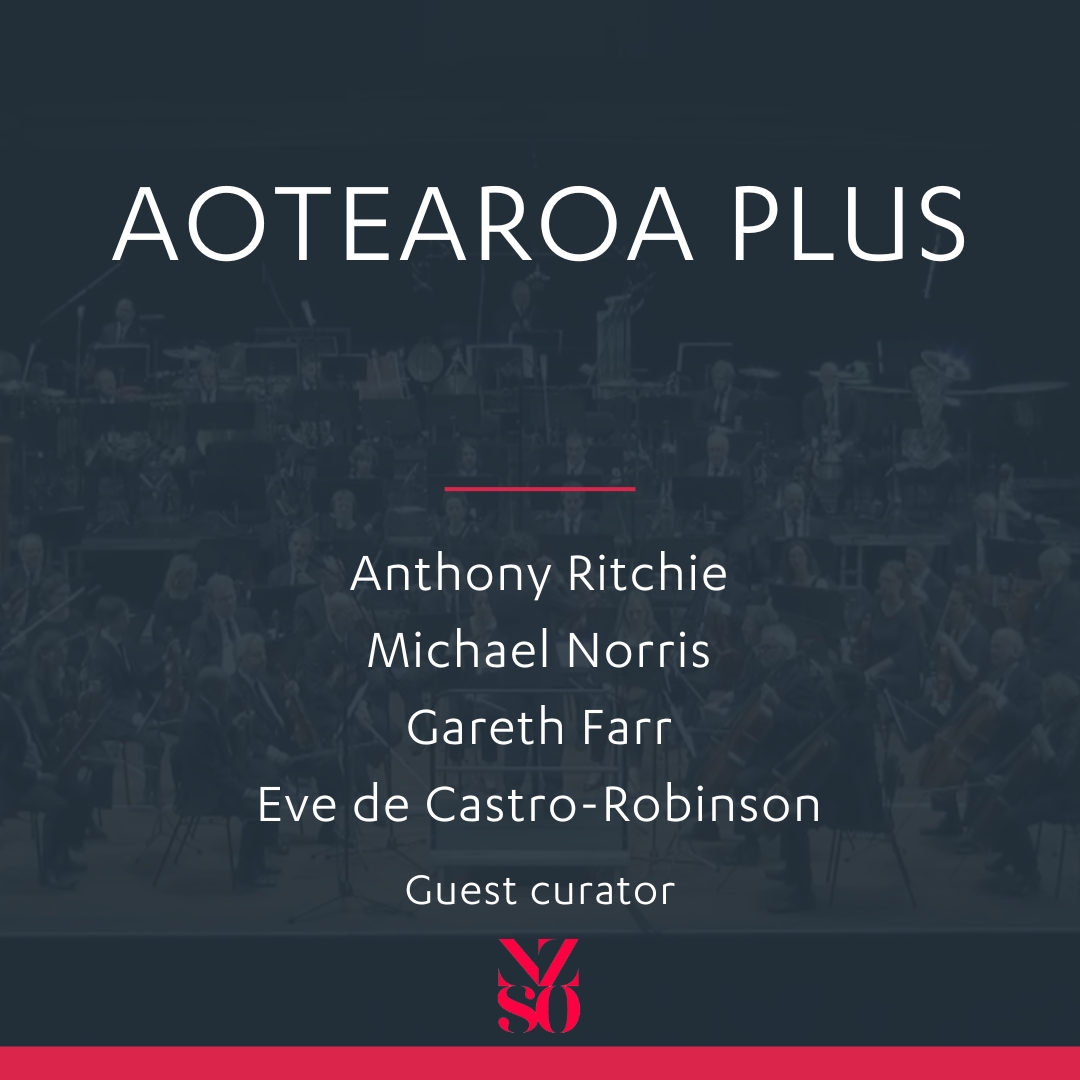
Aotearoa Plus
SOUNZ Virtual Concert
All of these works were inspired by the land and people of Aotearoa.Anthony Ritchie’s ‘Albatross in Flight’ genesis came from the sight of an albatross gliding in strong currents at Tairoa Head. Michael and Gareth’s works were both part of a series of commissions by the NZSO marking the 250th anniversary of the arrival of Captain Cook.
‘Mātauranga (Rerenga)’ by Michael Norris evokes the cultural collision between Cook and local iwi by integrating ngā taonga pūoro with the orchestra.
‘He Iwi Tahi Tātou’ is Gareth Farr’s “reaction…to the unique cultural energy that makes this country what it is – and my belief in the words ‘He iwi tahi tātou’ [‘We are all one people’].”
‘The Glittering Hosts of Heaven’ by Eve de Castro-Robinson sums up the universal sense of wonder we have when contemplating the physical vastness of space. The seven soloists represent the Seven Sisters of the Pleiades.
At Matariki there is renewed respect for the land. Commissioned by the NZSO in 2013.
Guest curator: Hamish McKeich & Bridget Douglas | NZSO
